What's the best way to beat jet lag? Try rocketing through the air on the world's fastest roller coaster, a beast so fast you have to strap on a pair of safety goggles before stepping on board. Presumably so your eyeballs don't fall out.
It's a sure-fire way to get those hazy neurons firing, indeed practically exploding, after a 14-hour flight from Australia's east coast to the desert landscape of Abu Dhabi.
In recent years, Australians have flocked in increasing numbers to Dubai, Abu Dhabi's neighbour, in large part due to Qantas' partnership with Emirates that has seen the airline's Europe-bound flights routed through the city. It's a brash, flash, outlandish city of opulence, sometimes ridiculousness. Did you know Dubai has announced plans to build Aladdin City, a 4000-acre complex of towers inspired by characters from Arabian Nights, including Aladdin and Sinbad the Sailor?
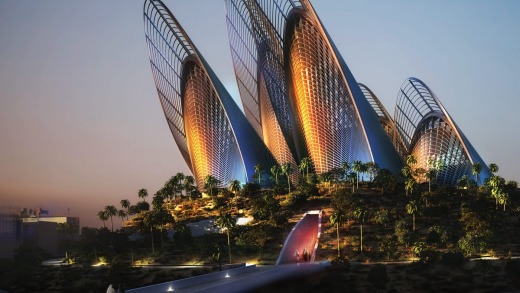
But just an hour's drive down a flat desert highway is the capital of the United Arab Emirates, Abu Dhabi, a much wealthier city owing to its huge reserves of oil. The city is estimated to account for about two-thirds of the roughly $400 billion United Arab Emirates economy, and almost all of its crude oil exports.
If you think of Dubai as the younger sibling, flash and dropping cash, then Abu Dhabi is trying to position itself as the older brother, a little more mature and refined in its taste. Now, it's hoping to muscle in on Dubai for a larger share of the tourist market. But the city is shunning the outlandishness of building a ski slope in a shopping mall in favour of opening outposts of the Louvre, Guggenheim, New York University, and other major international institutions of repute.
That's not to say there aren't some elements of dizzying extravagance. Just five hours after jetting into the city, I'm stepping into the front seat of the Formula Rossa roller coaster at Ferrari World, the world's largest indoor theme park. This ride has held the record for being the world's fastest roller coaster since 2010. I'd read that it accelerated from 0-240km/h in just 4.9 seconds. Knowing that fact, and experiencing it, are two very different concepts. On Formula Rossa, you reach the point where you think your stomach's going to drop out, and then go beyond, until it's twice as bad, and good. We walk off with our hair on end and a big kid's grin. No need for a caffeine hit after that introduction to the city.
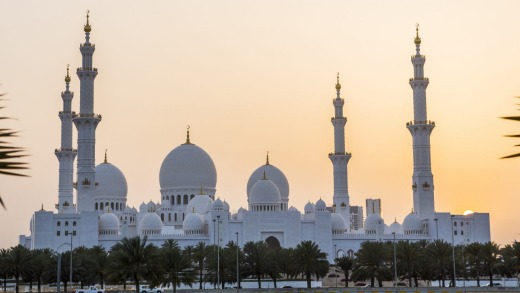
Ferrari World is located on Yas Island, one of the city's many islands that jut into the Persian Gulf, and the park's motor racing theme is fitting considering it overlooks the Formula One track where Lewis Hamilton charged to his second world championship title in November. Images of the British driver flying around the marina racetrack as the sun set in a blaze of pink were beamed to millions or television viewers worldwide. The Formula One is just one of a number of major international events Abu Dhabi hosts to boost its international profile, drawing high-profile stars to its shores and, through them, exposing it to their legion of social media followers.
One point of difference from Dubai is rising from the sands of Saadiyat Island, which translates to Happiness Island, where a collection of some of the world's most recognisable and revered art institutions are rising from the sands.
When the island's 2.5 square kilometre cultural district is completed, visitors will be able to pop into an outpost of Paris' Louvre Museum, New York's Guggenheim Museum, and the Zayed National Museum, partnered by the British Museum, all within a short stroll of each other.
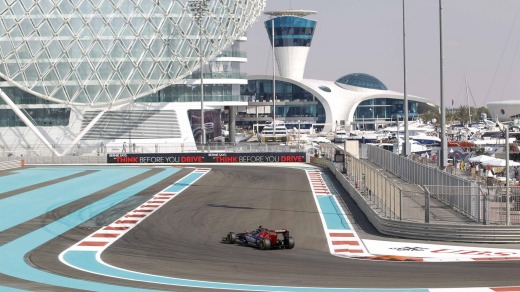
The Louvre, only the second in the world after Paris, has been designed by French architect Jean Nouvel and is set to open its doors next year. Abu Dhabi has already purchased 300 art works for the museum, some of which are already on exhibition at a purpose-built visitor centre which also houses a large-scale model of what the island will look like when it is completed, estimated to be in 2020.
The Frank Gehry-designed Guggenheim Museum is scheduled to throw open its doors at this stage in 2017, and when it does, it will be a staggering 12 times the size of its namesake in New York.
London's British Museum is acting as a consultant on the establishment of the Zayed National Museum, designed by Norman Foster and due to open next year.
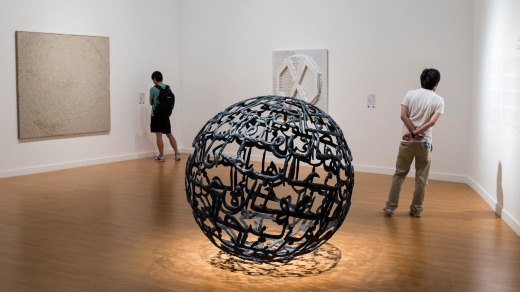
Meantime, there are already students filing through the doors of New York University's Abu Dhabi campus and a campus of the renowned British Cranleigh School on the island.
The cultural powerhouses rising from the island's sands are a far cry from what the emirate must have been like before oil was discovered in the 1950s, when its economy was dependent on fishing and a declining pearl industry.
The man who drove the formation of the United Arab Emirates was the country's first president, Sheikh Zayed bin Sultan Al Nahyan, who spent his formative years in the city of Al Ain, about an hour's drive from Abu Dhabi and just a stone's throw from the border with Oman.
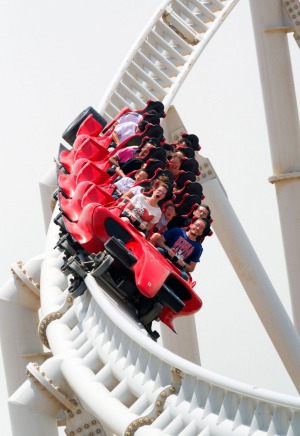
Al Ain is known as the Garden City of the Gulf. Its name literally translates to The Spring, named for the city's oasis where date palm plantations provide a welcome reprieve from the scorching raw sun.
The best tasting dates, it turns out, are the ones plucked straight from the source. We wander around the oasis, with its flowing irrigation channels and working farms, its lushness in stark contrast to the hulking dunes that encircle the city.
A visit to the beautifully restored Al-Jahili Fort is an interesting way to while a few hours in Al Ain. An accompanying exhibition tells the story of British explorer, writer and photographer Sir Wilfred Thesiger who crossed the Empty Quarter of Arabia in the late 1940s and became known by those he encountered as Mubarak bin London, Arabic for "the blessed one of London". The photographs taken by Thesiger, a former captain of the Oxford University boxing team, capture his journey which is now remembered as the last great expedition across Arabia.
Another area in which Abu Dhabi has outdone its neighbour is in its gleaming, glorious mosque.
The Sheikh Zayed Grand Mosque is the largest in the United Arab Emirates, and the eighth largest in the world. To picture just how big that is, imagine 40,000 worshippers gathering at once in its sparkling marble courtyard, which is what happens during the annual Eid prayers.
The mosque has an open-door policy and operates English-speaking tours. Roaming through the mosque and taking in the sights - including its 80 white domes, the world's largest handmade Persian carpet (measuring 7110 square metres), and the glittering, gold-plated crystal chandeliers in the prayer halls - as the call to prayer rings out in the background is a truly memorable experience. Last year, it was voted the second best landmark in the world by travellers, according to a TripAdvisor, coming in just behind Machu Picchu in Peru.
A morning spent at the mosque, followed by a stroll down Abu Dhabi's pedestrian-friendly Corniche, or a spot of kayaking around its mangrove-lined islands, is a pleasant way to spend a day.
Asked to describe the difference between Abu Dhabi and Dubai, one local said Dubai was "the Vegas of the Middle East".
"It's a lot more plastic, a play-hard, party-hard city," he said.
"Abu Dhabi is more earthy, you get to meet the locals and there's more culture, like Al Ain in the desert. Dubai has nothing like this."
On first impressions, it certainly offers more laid-back alternative to the glitz of Dubai. Unless you choose to ride the Ferrari World roller coaster. In which case, strap on your goggles and prepare for a heart-thumping ride.
See also: Transport options from Dubai to Abu Dhabi
TRIP NOTES
MORE INFORMATION
See tcaabudhabi.ae/en
GETTING THERE
Etihad Airways, the national carrier of the United Arab Emirates, flies daily from Sydney and Melbourne to Abu Dhabi. The flight is roughly 14 hours. Etihad is a codeshare partner with Virgin Australia. See etihad.com/en-au/
STAYING THERE
The Ritz Carlton Abu Dhabi, Grand Canal is situated about a 20-minute drive from the international airport, and directly across from the Sheikh Zayed Grand Mosque. This five-star hotel, in the Al Maqta'a area of Abu Dhabi island, has nine eateries and a total of 447 luxury hotel rooms, suites and private villas, all of which look over a gigantic 1600 square metre pool that leads up to the private beach. Deluxe rooms start from 750 Emirati Dirham ($245 AUD). See ritzcarlton.com